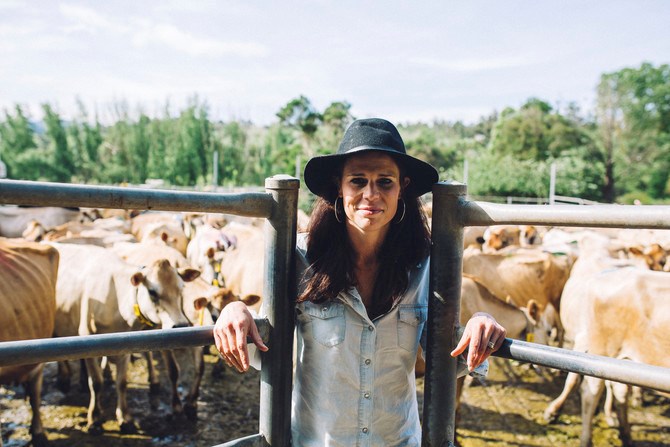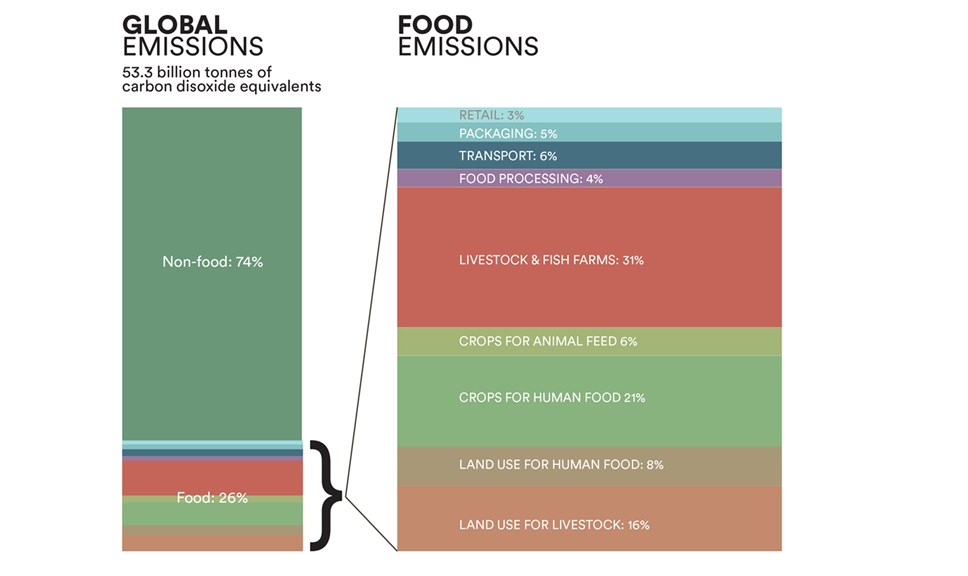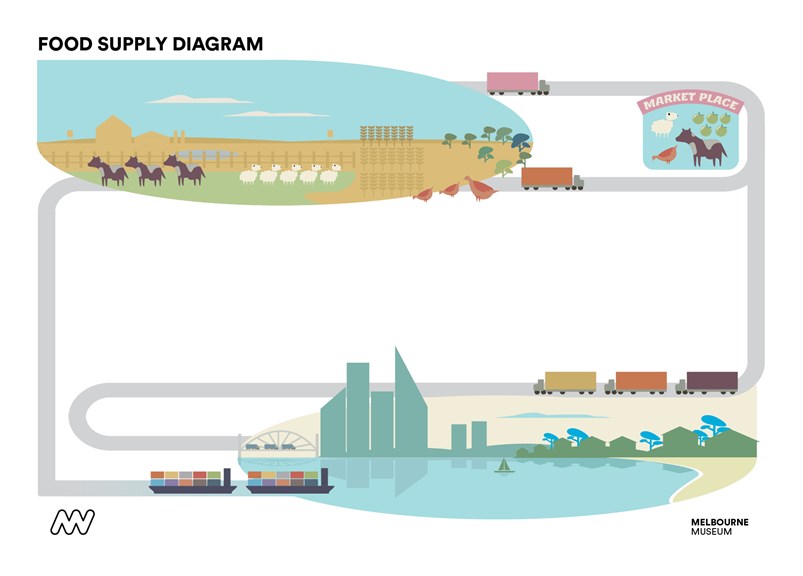Observing the present
What are farmers doing today to secure our sustainable food futures?
Often when we consider food security, our first thought is linked with agriculture and farming. In Australia, land cover has significantly changed over time, from native bush and grasslands to largely cleared agricultural fields and urbanised spaces.
Food security today is dependent on improving technologies, international trade adaptable crops species and persistent and passionate farmers.
Pass the hat around to the students. Ask them to discuss in table groups:
- Who the hat might belong to?
- When the hat is worn?
- Why the hat is worn?
- What identity is associated with the hat style?
Share the answers as a class and decide on four class agreed responses.
Watch the first 37 seconds of this video:
Read: Invisible Farmer article (Museums Victoria)
- Outline how this project shifts perspectives on farming in Australia and opinions about the hat artefact.
- Write a brief summary on the Invisible Farmer project, including its aims, outcomes, and benefits for future generations.
Read the story of dairy farmer Sallie Jones: Sallie Jones of Gippsland Jersey, West Gippsland
Sallie was also contacted again recently to explore the impact of COVID-19 and the 2019-2020 bushfires on people and place. Read: The resilience of Sallie Jones (Museums Victoria)
- Why is connection from farmer to consumer important? Has our connection to farmers been reduced over the last 50 years? (consider a discussion around how long and complex supply chains can reduce consumer/community relationships with farmers and the impact this distance can have on farmers own liveability and connections with others).
- Outline the importance of talking about mental health and starting conversations especially after the recent events of natural disasters and COVID-19 lockdowns.
- Farmers are often seen as the corner stone of food security, but as individuals they give so much more to society. Look through the other Invisible farmer stories and highlight other contributions these women have made to their community.
Choose another story from the Invisible Farmer project and discuss how they use sustainable practices in their work, both economically and environmentally.
Create a photo essay which illustrates present day farming practices in Australia. Use detailed annotations/captions to describe these practices or compare them with historical techniques.
For an example see: Farming in Australia: A Photo Essay
On completion of the photo essays students to discuss the following statements. You may wish to break the students into groups and allocate one “thinking statement” to each group.
Thinking statements:
- The key differences between modern and historical practices in agriculture
- The impact on the environment from modern paddock to plate processes (e.g. biodiversity loss, land use, water scarcity, soil degradation)
- The lengthening distance between farmer to consumer (e.g. modern food systems often have a processor, distributor and supermarket in between the farmer and consumer)
- The impact that intensive production and lengthy food supply chains has on the environment.
- The lack of localized food production systems (e.g. food is produced in rural regions and transported rather than creating and eating what we need from our local area)
Food accounts for around 26% of global emissions. In particular, the production of foods such as meat and the transportation of goods from farms to consumers have a huge impact on our environment. However, overtime it has become an expectation that we are able to purchase a variety of produce no matter what the season.
Reliance on imported goods can make a region more vulnerable when supply shifts or there are sudden changes such as the COVID-19 pandemic restricting movement of products on a local, national and global scale. By improving the quality, diversity and accessibility of local produce for consumers, we create a more resilient, food secure and economically and environmentally sustainable community.
Read the Invisible Farmer story: Chef and farmer Janet Jeffs on farming, cooking and eating local produce
- What is meant by ‘paddock to plate’? How is it interconnected with food security?
- Why is local produce sometimes more expensive than imported or mass produced goods? What conflict does this create for consumers?
- Explain the impact Janet has had on her local and broader communities.
- Suggest some ways that agricultural sustainability could be improved.
Annotate the diagram below, detailing the impact of our current food supply chain on people and place. Suggest improvements that could be made to increase sustainability (economic, societal, and environmental).
Outline how farmers are part of the solution in improving Australia’s sustainability. Consider economic, societal and environmental sustainability. Complete the diagram you annotated above with a short summary caption highlighting some of the ideas you outlined above.
Curriculum links activities 2-4: VCGGK134, VCGGK135, VCGGK136, VCGGC129, (VCGGC132)
Cross curriculum links: VCCCC037, VCEBR020, VCEBR021
Discuss the impact COVID19 had on food systems and food security.
- What are the inequities and vulnerabilities in our food system?
- What opportunities are there for transformation?
- How to grow food in an urban jungle (BBC Reel) A series of 22 minute episodes exploring the past, present and future of food security on a global scale, using a variety of case studies and references to spatial technology.
- Digital food security report 2020 (Food and Agriculture Organization of the United Nations) A report (best presented as quotes or segments to students) which assesses global food security and nutrition and provides trends and predictions linking to the UN Sustainability goal of achieving Zero Hunger by 2030.
- The Global Food Security Index: Mapping and country profiles Food security ranking and profiles by country
- Australian Government: Food security for remote communities Summary of objectives associated with the government’s aim to increase food security for remote and indigenous communities.
Next










